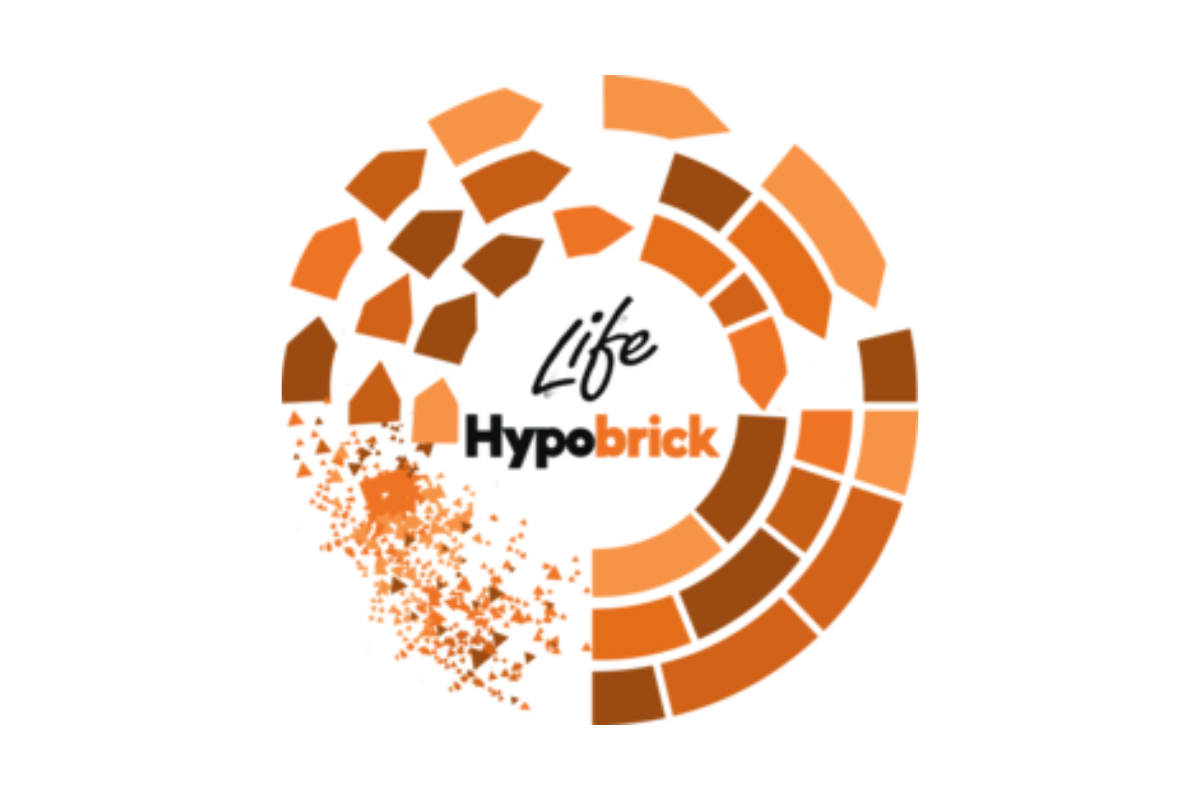EU research project "Life Hypobrick" shows groundbreaking results
A research team at Technischen Hochschule Nürnberg Georg Simon Ohm (Ohm) has completed the EU project Life Hypobrick. A doctoral student at the Faculty of Materials Engineering has succeeded for the first time in processing construction waste and manufacturing new products from it. The recycling of geopolymers in this form is a globally unique approach.
A team of scientists at the Ohm is researching recyclable building materials in the EU project Life Hypobrick. The so-called geopolymers are cold-hardening binding building materials that represent a real alternative to conventional building materials such as concrete and bricks thanks to their environmentally friendly properties.
Felix Kugler is a doctoral student under Prof Dr Ulrich Teipel at the Faculty of Materials Engineering and works with geopolymers. In the first stage of his doctoral thesis, he developed geopolymer substitute building materials from brick dust and ground building rubble. Through further research, he has succeeded in recycling these materials up to three times and processing them into new geopolymer products. These results are unprecedented, as Kugler confirms: "We are the first to have investigated the reactivation of geopolymers from these residual materials. We now want to improve the material properties of the materials through further investigations."
Project manager Prof Dr Wolfgang Krcmar also sees great potential in the research results: "Our study opens up exciting prospects for the future circular economy in the construction industry. The use of cold-hardening geopolymers as a sustainable alternative to concrete products and bricks and multiple recycling makes a decisive contribution to conserving resources in the industry."
The research shows that the construction industry can take a significant step towards sustainable construction by utilising geopolymer substitute building materials. They can be used as high-quality building materials and at the same time offer the potential to reduce construction waste, conserve resources and minimise CO2 emissions.




